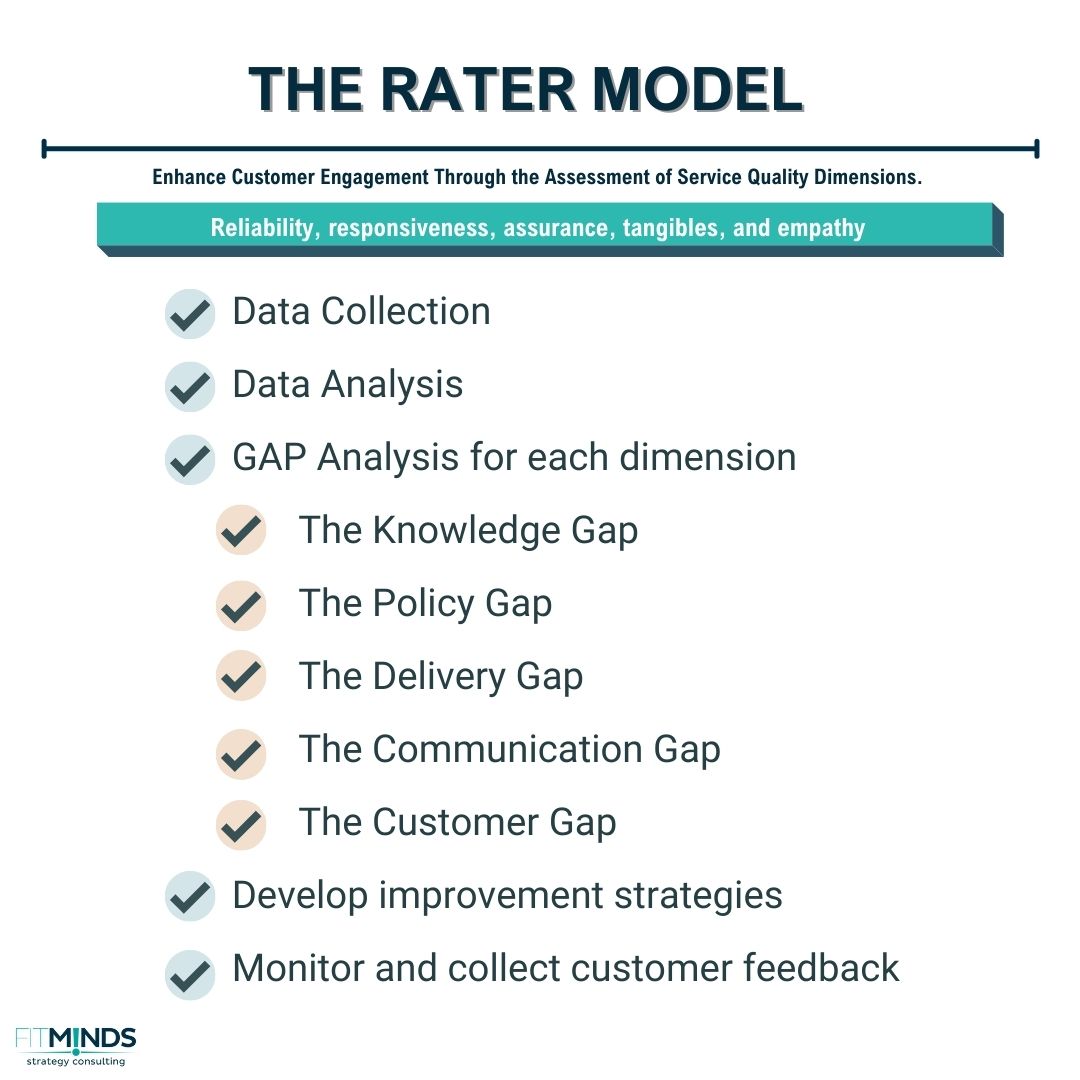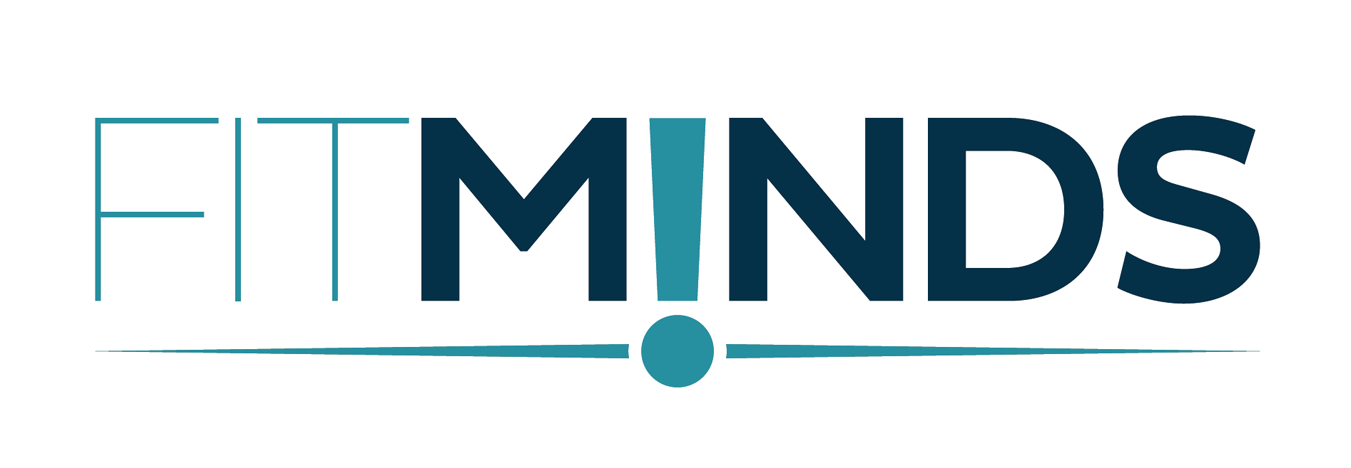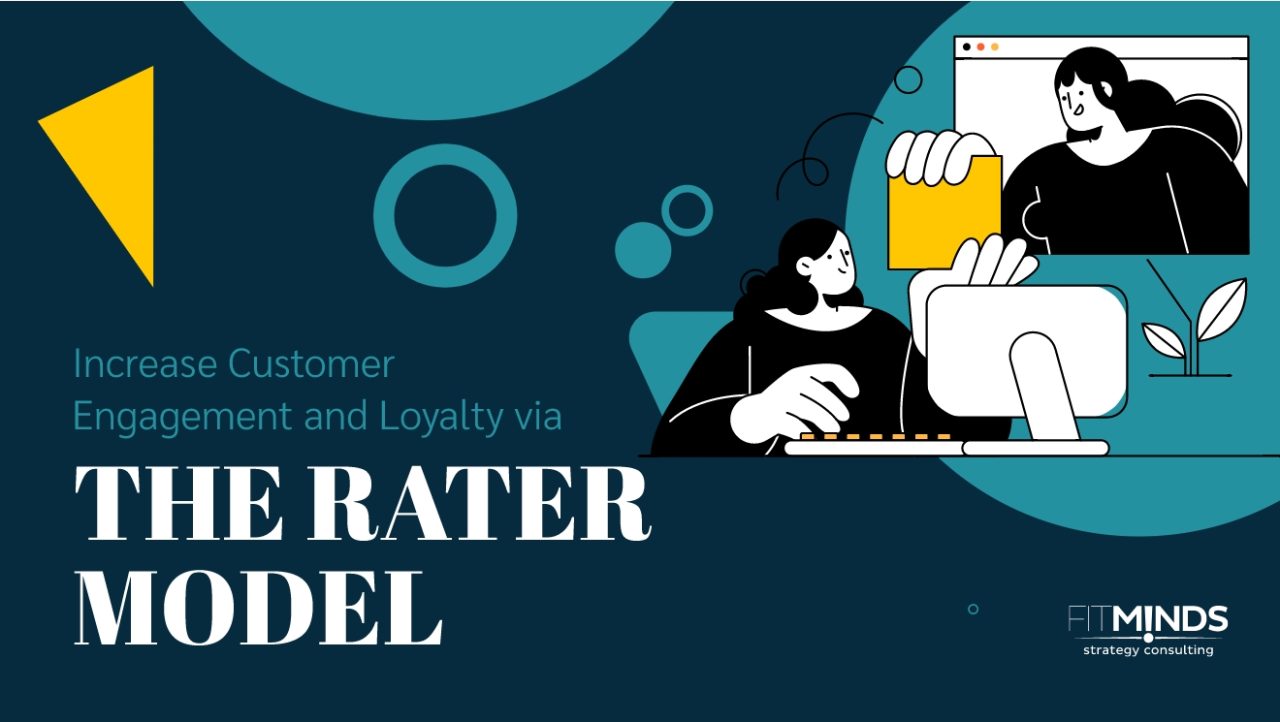The RATER Model is a framework for assessing the quality of customer service, consisting of five essential dimensions. The model was introduced in the book “Delivering Quality Service” by Valarie A. Zeithaml, A. Parasuraman, and Leonard L. Berry. It represents an advancement of the SERVQUAL model.
Main Benefits of The RATER Model
The RATER Model offers a structured method for assessing and improving service quality, resulting in increased customer satisfaction and loyalty.
The RATER Model helps you:
- to improve customer satisfaction by systematically evaluating service quality,
- to align current performance with desired goals and objectives,
- to identify areas for improvement and change,
- to gain a competitive edge,
- to make informed decisions and develop strategies for continuous improvement.
Explanation of The RATER Model
The RATER Model highlights five dimensions of service quality: Reliability, responsiveness, assurance, tangibles, and empathy. You can find out where each dimension focuses to measure service quality by reading The SERVQUAL Model.
Taking into account the effective use of the RATER model, the steps can be outlined as follows:
Data Collection: Obtain customer feedback and information about each of the RATER dimensions, utilizing methods such as surveys, interviews, observations, and various feedback channels.
Data Analysis: Analyze the collected data to evaluate how your organization performs, assigning scores for all dimensions based on customer feedback.
Gap Analysis: To use the RATER Model effectively, you can conduct a gap analysis. Compare customer expectations with your organization’s current performance in each dimension to identify gaps. The Gap Model of Service Quality consists of five major gaps that have the most significant influence on the customer’s overall experience.
- The knowledge gap represents the difference between customer expectations and management’s perceptions of them.
- The policy gap represents the difference between management’s perceptions of customer expectations and the service quality specifications.
- The delivery gap represents the differences between the service specifications and the service delivered to customers.
- The communication gap represents the difference between a company’s communication and the service delivered.
- The customer gap represents the difference between the expected service and the perceived service.
Develop and put improvement strategies into action: Prioritize the identified gaps and develop specific strategies to bridge the gaps.
Continuously monitor and collect customer feedback: Consistently track the effects of implemented changes aimed at addressing identified gaps and obtain customer feedback to confirm the enhancement of service quality.

How to Apply The RATER Model
To apply The RATER Model to your business, FITMINDS is providing an adoption of the model that fits your company and your company’s needs. By using The RATER Model, organizations can create effective marketing messages.
Contact us to get more information or discover your probable personalized roadmap for The RATER Model.
Additional Tips and Readings
- You can learn more about customer satisfaction with the The Kano Model
- To increase your customer loyalty and lifetime value, you can check RFM Analysis & Segmentation.
- For methods of customer behavior, you can read The Buy-Sell Hierarchy Model.
- To read more about the creation of habitual behaviors, you can check The Aida Model
Contact us to create customer satisfaction via The RATER Model.



13 comments
Pingback: je veux une prescription kamagra
Pingback: order enclomiphene usa sales
Pingback: buying androxal generic brand
Pingback: buy cheap dutasteride buy germany
Pingback: ordering flexeril cyclobenzaprine canadian pharmacy no prescription
Pingback: buy gabapentin cost uk
Pingback: purchase fildena generic overnight delivery
Pingback: cheap itraconazole next day delivery
Pingback: how to buy avodart generic when will be available
Pingback: order staxyn generic available in united states
Pingback: buy cheap rifaximin cheap uk buy purchase
Pingback: free xifaxan samples by mail no shipping fee
Pingback: kamagra objednání bez dr
Comments are closed.